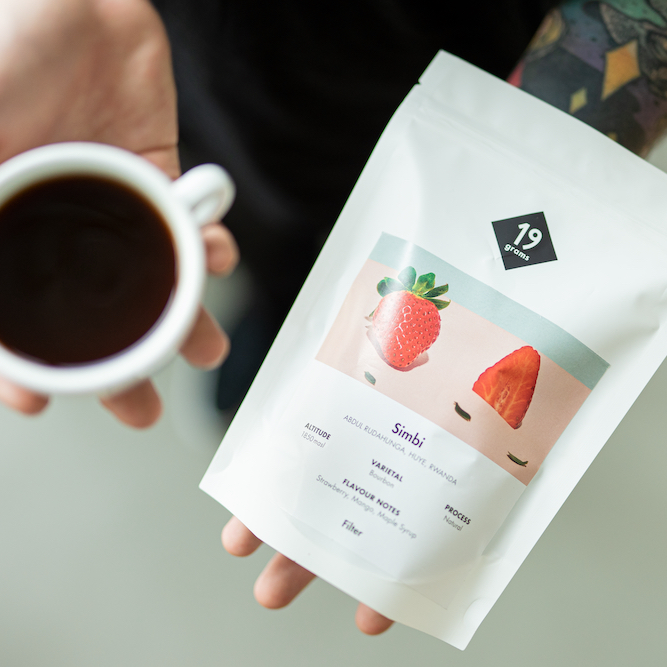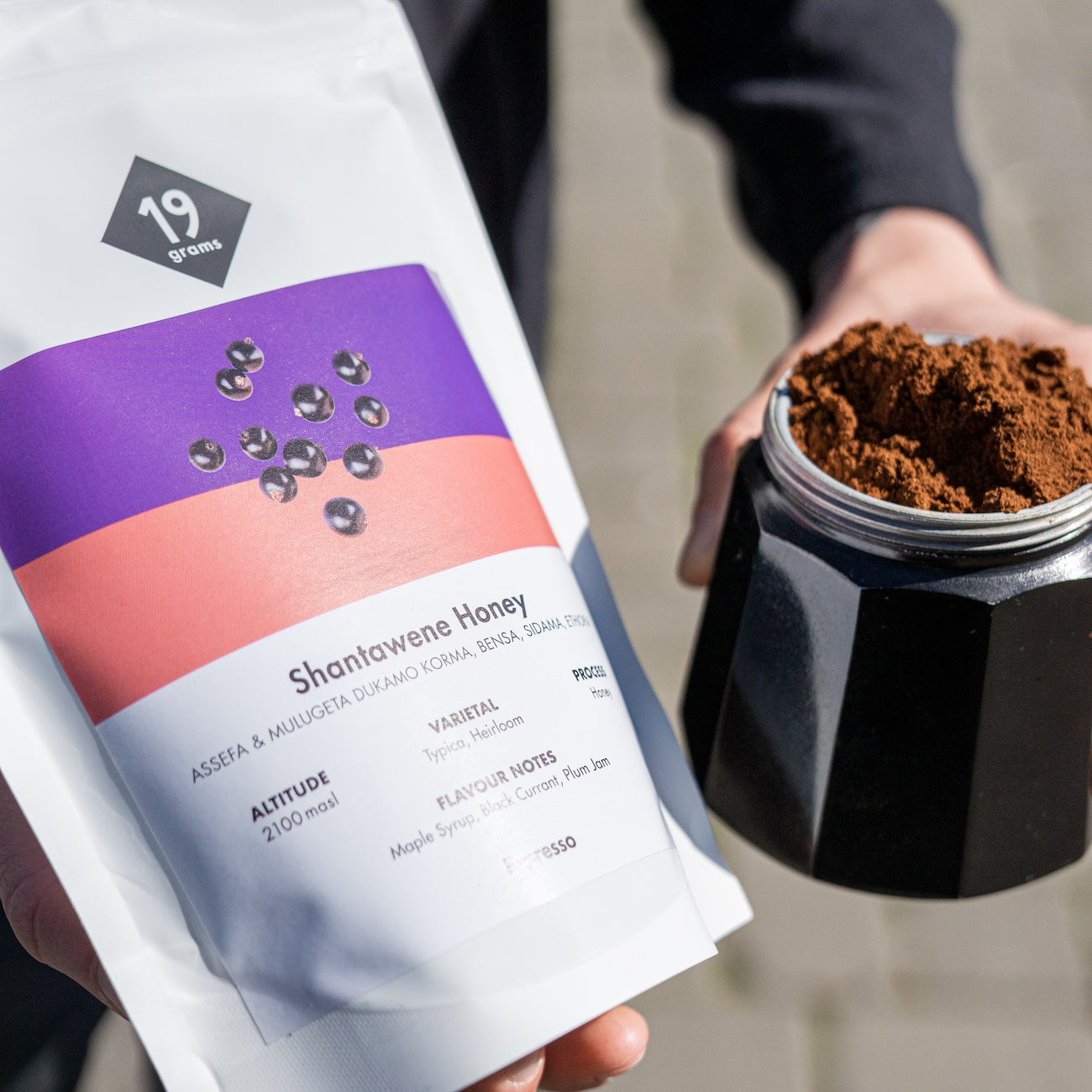The development of coffee flavors through processing - Don Martin and the Jackpot Idea - '777 Fermentation'.
You asked us what is "777 fermentation"? First of all, it makes you think of the one-armed bandits in the casino - the "Triple 7" is the jackpot - coins rushing out of the slot on the machine. But back to coffee: let's go into detail and delve deeper into the secrets of coffee processing and its methods. Because a lot is happening here right now: coffee farmers are experimenting and trying out new methods to tease out a whole new variety of flavors from the coffee beans.
The "777 fermentation" is new - Don Martin, one of our long-term partners, developed it himself. What is behind it? And what effect does it have on the flavor profile of the roasted coffee beans?
Don Martin has combined both methods in the so-called "777 fermentation" and analyzes the Brix degrees in the coffee honey to achieve the optimal sweetness in the taste. Brix degrees indicate the relative density of liquids. This method is mainly used in the processing of fruit, i.e. the production of e.g. fruit juices. In some countries, it is also used to determine the must weight in wine production. This is because fruit contains mostly sugar (glucose, fructose, sucrose) in addition to water. The Brix degree therefore indicates the level of sugar content. In the fermentation of coffee, therefore, the sweetness is precisely measured during this step. This serves to balance the flavors.
Let's start at the beginning: What actually is fermentation and what happens to the coffee during it?
You can think of the fermentation process as being similar to the refinement of grape juice into wine (Although no specially cultivated bacteria are used here yet. In the future, however, this is conceivable). Fermentation is a processing step when coffee beans are "washed." The green coffee beans, which still have a residual parchment skin attached, are filled with clear water in a tank. Microorganisms (= bacteria) metabolize the fructose present in the skin residues.
Aerobic processing (vs.) Anaerobic processing
In "classic" aerobic processing, the sorted coffee beans are filled in a water basin for about 12 - 36 hours. In contrast, in anaerobic processing, the beans are enclosed in an airtight container. A valve allows the gases produced to escape. This method is more effective because bacteria, yeasts and fungi break down the sugars in the remaining pulp on the beans and develop unique sweetness. The removal of oxygen alters the development of the coffee's flavors, allowing for a wide, new spectrum of flavor facets. How this tastes later in the cup depends especially on variety and the respective microflora (the bacteria). The microflora in particular is a highly variable factor, as it can vary greatly depending on the geographical location.
Trend or innovation?
Costa Rica has had an excellent name as a green coffee producer for over a century. Don Martin, like many other coffee farmers, is constantly improving his product. Coffee farmers have increasing access to expertise, and accordingly they are beginning to experiment with different methods. The Ticos love their craft, their beans and their land. This can also be seen on Don Martin's farm - there is a Pelton water turbine that ensures that the farm is completely independently supplied with 100% green energy. Agricultural culture and conservation go hand in hand here.
Our Don Martin Geisha Enano is a branch geisha mutation. She was recently found by Don Martin Urena on his farm La Chumeca. It is considered a mystery variety, still completely unknown. Due to the unusual fermentation method 777, unique, completely new flavors are developed in this geisha variety. The achieved taste in the cup is definitely more than remarkable - and so Geisha Enano becomes a jackpot (777 - bing!).






